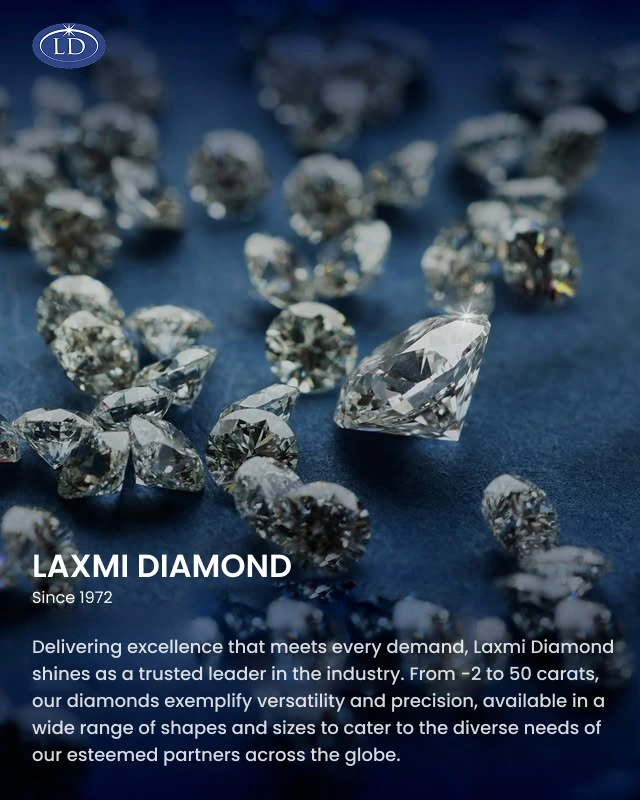
All you need to know about Triple X Diamonds
Diamonds are the world’s most popular gemstones. We all live on a thin, solid crust above hot molten metal soup. That crust is typically less than 40 kilometers deep. Rubies, Sapphires, Emeralds - these all form there. But a diamond’s home is even deeper and they say World's biggest, best diamonds are formed deep inside Earth's mantle.
If you’ve searched online for these cultural touchstones, you may have come across terms such as “triple excellent,” “three excellent,” “triple ex” or “triple X” to describe some types of diamonds.
In the diamond industry, the term triple excellent is generally used to refer to diamonds with an excellent rating in cut grade, polish, and symmetry.

Before we get into details about the Triple Excellent Diamonds, just look at these two diamonds.

The first one is “considered” a GIA Triple Excellent, 1 carat, excellent cut, symmetry, and polish. The second one is not a Triple Excellent, also 1 carat, excellent cut & polish, but has very good symmetry.
Now that you know the perceivable difference. Let’s take a very quick look at overall diamond characteristics: Diamond 4Cs: Cut, Carat, Color, and Clarity. In the world of diamonds and the famous 4Cs, cut is king, so an excellent cut means a good-looking diamond. And diamonds with an overall cut grade of GIA Excellent are commonly referred to as “GIA Excellent cut diamonds” and further abbreviated as XXX.
The GIA helps understand the quality of diamonds on the grade scale. Excellent is the highest grade that the GIA offers for cut quality. The GIA uses the same scale to grade diamonds for polish and symmetry — together working in harmony and forming XXX diamond.
Let’s dive deeper into the basics and understand each of these aspects.
What is Excellent Cut?
An excellent cut grade means that a diamond has been cut within parameters that allow the diamond to give off intense brightness, sparkle, and fire while having an even pattern of light and dark areas.

What is Excellent Polish?
As mentioned above, the polishing process is very crucial because it determines the quality of the final output to a great extent.
A well-polished XXX diamond has smooth, external surfaces like tiny mirrors. They create crisp light returns, allowing light to be freely transmitted without any form of defects visible at 10x magnification.
What is Excellent Symmetry?

The proportions of a diamond - its height (referred to as “depth” in the diamond industry), its width, and the total size of the diamond’s table (the flat facet at its top) — all play major roles in how it reflects light. With excellent symmetry, all of the facets should meet at the girdle (the widest part of the diamond) and together they reflect a dazzling play of brightness, fire, and scintillation.
Having said that, you don’t need to look exclusively at triple excellent diamonds in order to find a high-quality stone. Many diamonds that receive an overall cut grade of excellent have polish or symmetry grades that are below excellent - typically, in the very good range.
Placed side by side, it’s virtually impossible to perceive any difference in cut quality between a triple excellent diamond and a similar diamond that’s graded excellent without perfect polish or symmetry with the naked eye.
As always, we highly recommend following the steps in our guide to buying a diamond to ensure you get the best possible return and optimal value for money.
If you need help choosing a triple excellent diamond, or simply want expert advice on the best choice of diamond for your budget, feel free to contact us to redefine your diamond buying experience. Our diamond experts are always happy to answer your questions and provide you with personalized help.








